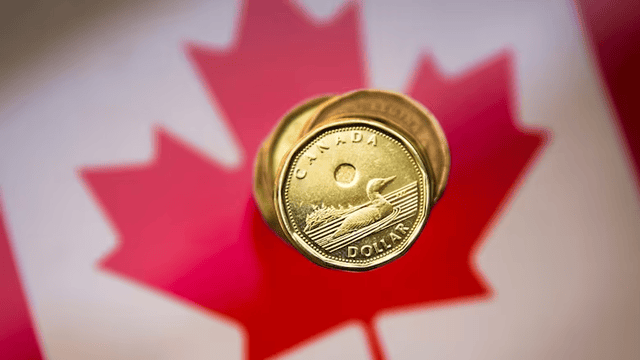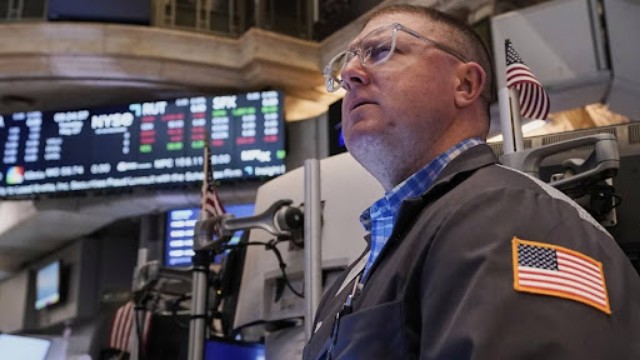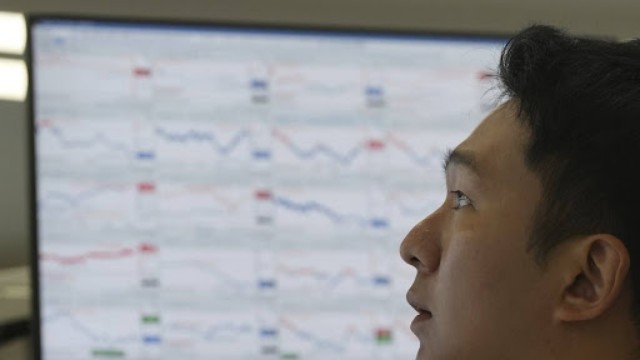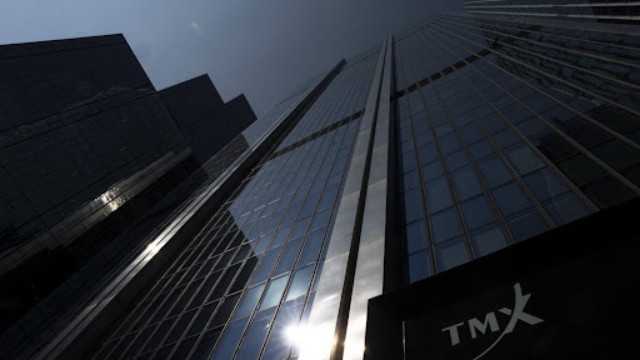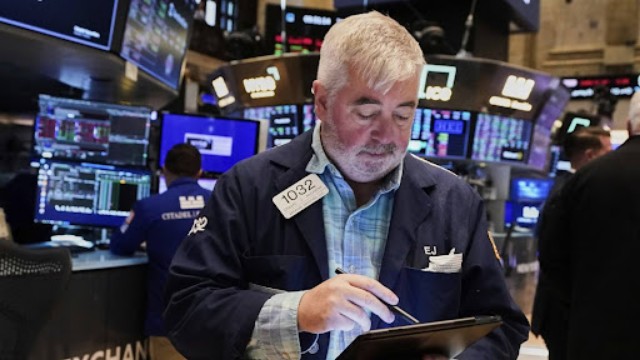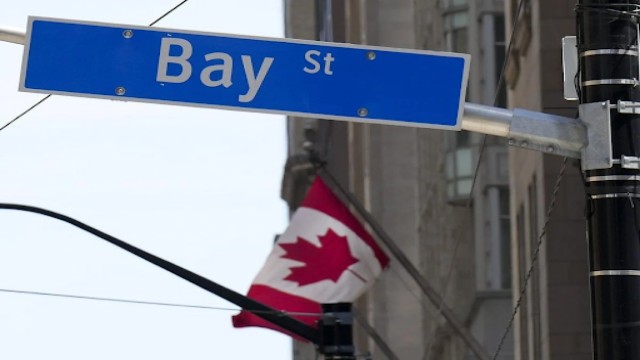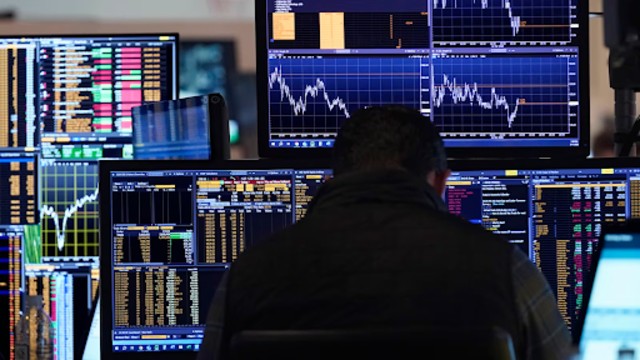
A trader works on the floor of the New York Stock Exchange, Tuesday, March 11, 2025. (AP Photo/Richard Drew) (Richard Drew/AP)
Asian markets nosedived on Monday amid escalating concerns of a global trade war. Investors were rattled by the sharp fall in Wall Street futures, with many now betting that a U.S. recession could force the Federal Reserve to start cutting interest rates as early as May.
U.S. Rate Cuts Back on the Table Impacting Asian Markets
Futures markets are pricing in nearly five quarter-point rate cuts for 2025, reflecting growing fears that the U.S. economy could take a hit. This speculation pushed down Treasury yields and weakened the U.S. dollar across global currencies.
Meanwhile, the White House held firm on its aggressive tariff strategy, giving no indication of backing down. China, on the other hand, responded with retaliatory tariffs and said its message was already reflected in the market turmoil.
Trump Digs In
President Trump dismissed the market slide, stating that no trade deal would be made with China until the U.S. trade deficit was resolved. Many on Wall Street had hoped that the steep losses would prompt a policy shift, but the president showed no signs of yielding.
JPMorgan economist Bruce Kasman warned that if current trade policies continue, they could push both U.S. and global economies into recession. He sees a 60% chance of a downturn, predicting the Fed could begin rate cuts in June and continue at every meeting through January, potentially lowering the benchmark rate to 3.0%.
Markets in Freefall
U.S. futures were battered in pre-market trading. The S&P 500 futures dropped 4.31%, while Nasdaq futures plunged 5.45%, adding to nearly $6 trillion in losses from the previous week.
Asian markets mirrored the chaos. Japan’s Nikkei fell 7.8%, its lowest since late 2023. South Korea’s Kospi lost 4.6%. Oil prices also suffered, as global growth prospects dimmed. Brent crude slipped $2.12 to $63.46 a barrel, while U.S. crude fell $2.05 to $59.94.
Flight to Safety
Investors scrambled for safer assets. Treasury futures soared—a rare move in Asian hours—while Fed fund futures began pricing in an additional rate cut for 2025. There’s now a 63% chance the Fed will lower rates as early as May, despite Fed Chair Jerome Powell stating on Friday that the central bank wasn’t rushing into any decisions.
Ten-year Treasury yields dropped 10 basis points to 3.897% as risk assets were sold off.
Currency Volatility Grows
The dovish rate outlook hurt the dollar, especially against safe-haven currencies. The dollar dropped 0.9% against the yen, 1.2% against the Swiss franc, and weakened further against the Australian dollar.
Despite rising inflation pressures from tariffs, markets are prioritizing recession fears. U.S. consumer price data, expected later this week, is forecast to show a 0.3% increase for March. However, analysts expect prices to climb further as tariffs take hold.
Corporate Earnings Face Headwinds
With earnings season approaching, analysts are bracing for a tough quarter. Goldman Sachs expects fewer companies to offer forward guidance, citing uncertainty around rising costs. Tariffs could squeeze profit margins, leading firms to raise prices or absorb losses.
Earnings reports kick off this Friday with major banks. About 87% of U.S. companies are expected to report results between April 11 and May 9.
Even Gold Can’t Escape
Not even traditional safe havens were spared. Gold fell 0.7% to $3,013 an ounce, as traders possibly sold profitable assets to cover losses elsewhere—hinting at a broader sell-off trend that could spiral further.






